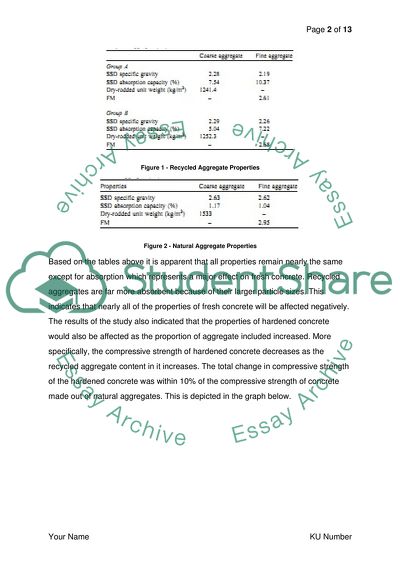Cite this document
(“Performance of Fresh And Hardened Concrete Essay”, n.d.)
Retrieved from https://studentshare.org/engineering-and-construction/1430983-performance-of-fresh-and-hardened-concrete
Retrieved from https://studentshare.org/engineering-and-construction/1430983-performance-of-fresh-and-hardened-concrete
(Performance of Fresh And Hardened Concrete Essay)
https://studentshare.org/engineering-and-construction/1430983-performance-of-fresh-and-hardened-concrete.
https://studentshare.org/engineering-and-construction/1430983-performance-of-fresh-and-hardened-concrete.
“Performance of Fresh And Hardened Concrete Essay”, n.d. https://studentshare.org/engineering-and-construction/1430983-performance-of-fresh-and-hardened-concrete.


